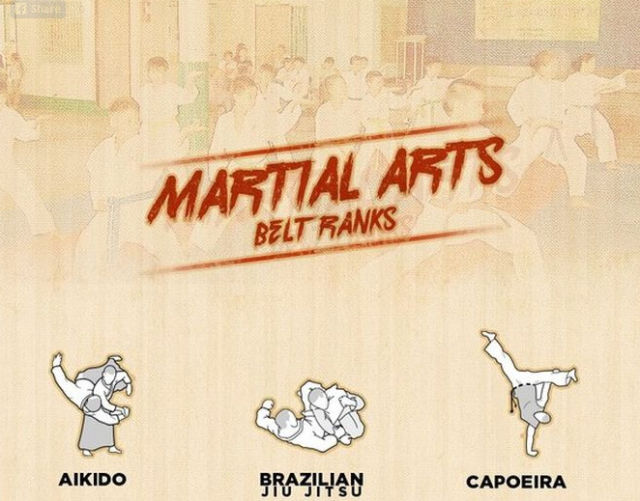The Relevance Of Adaptability In Martial Arts Instruction
The Relevance Of Adaptability In Martial Arts Instruction
Blog Article
Material Written By-Lamont Halberg
Did you know that versatility plays an essential role in martial arts training?
As a matter of fact, a research conducted by the International Journal of Sports Physical Therapy disclosed that over 80% of martial musicians deal with minimal versatility.
However why is https://martialartskidsarnis00987.59bloggers.com/33663440/the-duty-of-young-people-martial-arts-in-bully-avoidance-and-self-defense ? Well, it not just improves your performance and method however likewise lowers the danger of injuries.
So, if you're wanting to take your martial arts abilities to the next level and remain injury-free, you'll definitely intend to keep analysis.
Advantages of Versatility in Fighting Style
Flexibility in fighting styles brings various benefits to practitioners, permitting you to enhance your efficiency and lower the danger of injury. By improving your versatility, you raise your series of movement, allowing you to carry out strategies with higher precision and performance.
This enhanced dexterity and fluidity in your motions can offer you a competitive edge, permitting you to react quicker and adapt to various circumstances during sparring or competitions. Additionally, raised adaptability aids to prevent injuries by improving muscle flexibility and joint wheelchair.
It enables your body to move much more easily, lowering the stress on your muscles and tendons. This, subsequently, reduces the opportunities of strains, pressures, and muscle mass pulls. By including versatility training right into your martial arts practice, you not only boost your efficiency however also secure your physical health.
Strategies to Enhance Adaptability
To boost your adaptability in fighting styles, you can include various extending exercises right into your training routine.
One reliable technique is vibrant extending, which involves relocating via a complete range of activity to warm up your muscular tissues and boost versatility. Examples consist of leg swings, arm circles, and trunk rotations.
One more method is static extending, where you hold a stretch for a sustained amount of time. This assists lengthen and relax your muscles, improving flexibility with time. Usual source for this article for martial arts include the butterfly stretch, hamstring muscle stretch, and shoulder stretch.
Additionally, incorporating yoga or Pilates into your training can also substantially enhance your versatility.
Keep in mind to constantly warm up before extending and listen to your body to stay clear of injury.
Adaptability Training for All Ability Levels
As you advance in your martial arts training, boosting your adaptability ends up being necessary for boosting your total performance. Versatility training isn't just advantageous for advanced professionals yet additionally for beginners and intermediate pupils.
Regardless of your ability level, incorporating flexibility exercises into your training routine will aid you establish a vast array of motion, avoid injuries, and enhance your method execution.
For novices, adaptability training can help improve your form and stance, permitting you to carry out motions appropriately and efficiently. Intermediate professionals can make use of flexibility training to further boost their series of motion and enhance their fluidness in carrying out complex strategies. Advanced trainees can take advantage of adaptability training by preserving and fine-tuning their existing flexibility, allowing them to do advanced moves effortlessly.
Verdict
To conclude, embracing versatility in your fighting styles training is paramount. By including techniques to boost flexibility, you can enhance your efficiency and stop injuries.
Remember, 'An adaptable body is a resilient body.' So, maintain pushing your limitations, extending regularly, and reap the benefits of a flexible and active figure.
